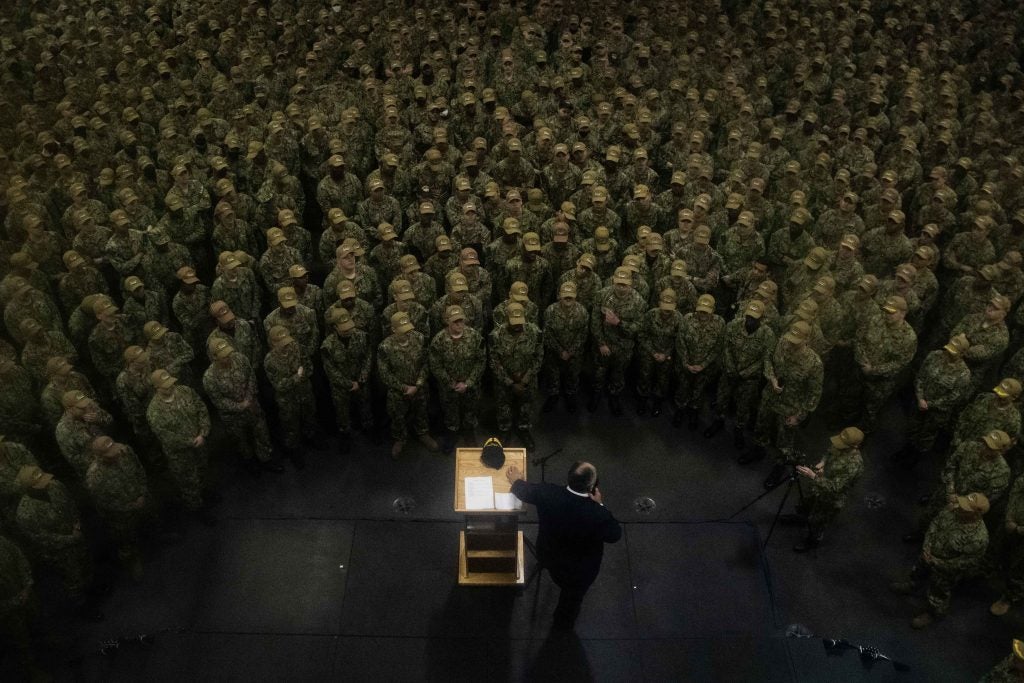Here’s What The Navy Gets As The 2022 National Defense Authorization Act Is Signed Into Law
On the 28 December President Biden signed the Fiscal Year 2022 National Defense Authorization Act into law, the Senate signed off on the NDAA on December 15, passing on the bill to President Biden’s desk for final approval. The bill added $25 billion to the anemic budget request sent out by the Biden Administration bringing the total bill to $740 billion. In total, the Defense Budget topline is $777 billion, which includes $27.8 billion for the Department of Energy, which is in charge of nuclear weapon programs, and $9.9 billion for defense-related activities outside of the NDAA.
The Navy’s FY2022 budget requests two Virginia-class submarines, one Arleigh Burke-class destroyer, one Constellation-class frigate, one John Lewis-class fleet oiler, two Navajo-class towing, salvage, and rescue ships, and one T-AGOS(X) ocean surveillance ship. Like last year’s Virginia-class submarine request, the Navy’s request for a single Arleigh Burke-class destroyer was inconsistent with the Navy’s contractual obligations. This led to the Senate Appropriations Committee to call for a detailed report from the Government Accountability Office on the Navy’s treatment of multi-year procurement funds as reported by USNI News.
Surface Vessels
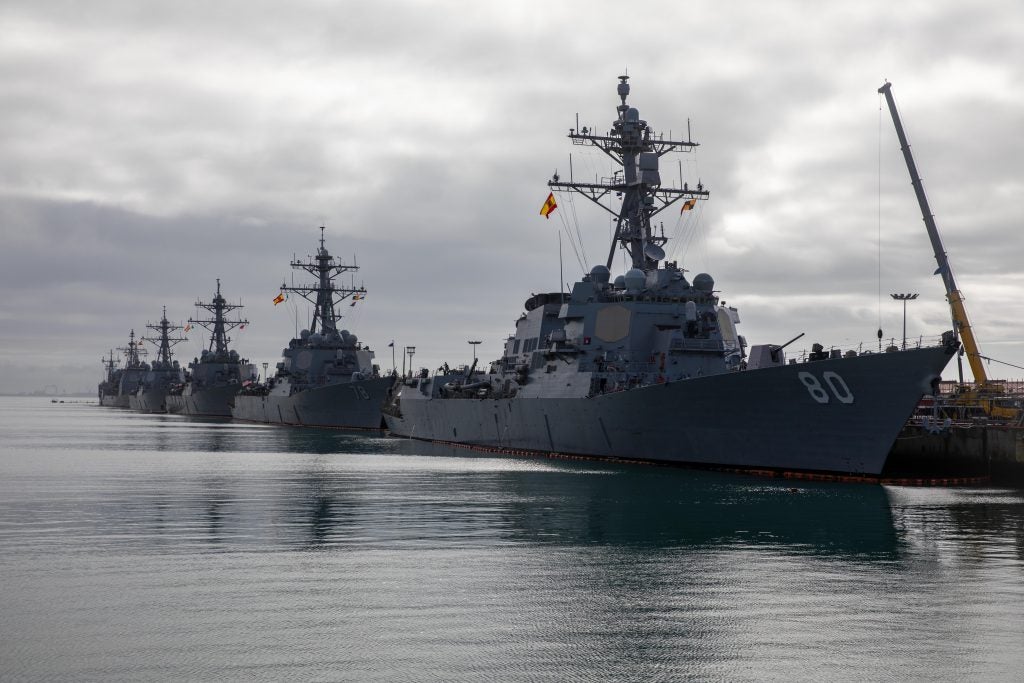
For surface vessels, the final bill adds an extra $2.9 billion for the DDG-51, purchasing a total of three ships instead of the Navy’s request of one DDG-51 at $2 billion in 2022. The request for one ship not only diverts the Navy from its FY2021 budget projections of two Burkes this year, but it was also inconsistent with the FY18-22 multi-year procurement of the DDG-51. This move was met with harsh criticisms from lawmakers. The Navy would be liable to pay a penalty fee of $33 million to the shipbuilders for deviating from its contractual obligations as part of the MYP contract. Lawmakers have also asked the Secretary of Navy to look into another multi-year procurement of the Arleigh Burke as the current one comes to an end this fiscal year. Furthermore, the bill authorizes one Constellation-class frigate, one America-class amphibious assault ship, two Expeditionary Fast Transport vessels, two John Lewis-class fleet oilers, two Navajo-class towing, salvage, and rescue ship, and one T-AGOS(X) ocean surveillance ship.
Submarines
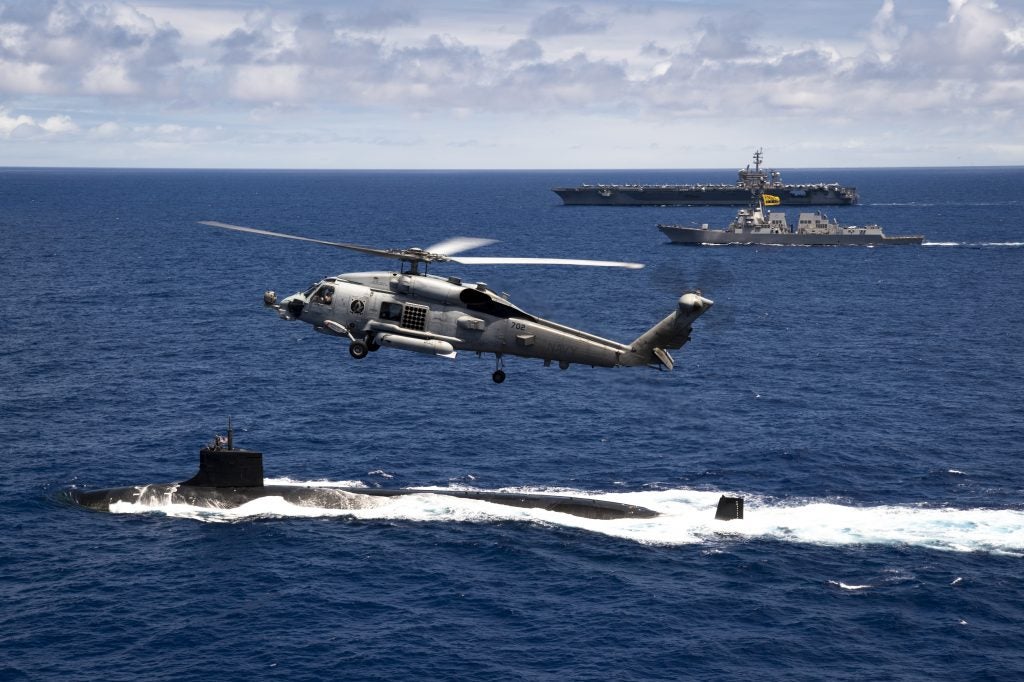
For undersea equipment the bill approves the Navy’s request for two Virginia-class submarines; it also adds $3.1 billion for the Columbia-class submarine. In total lawmakers added $330 million for expanding the submarine industrial base to support the production of three Virginia-class submarines a year, something lawmakers, and industry have been talking about in recent years.
Aviation
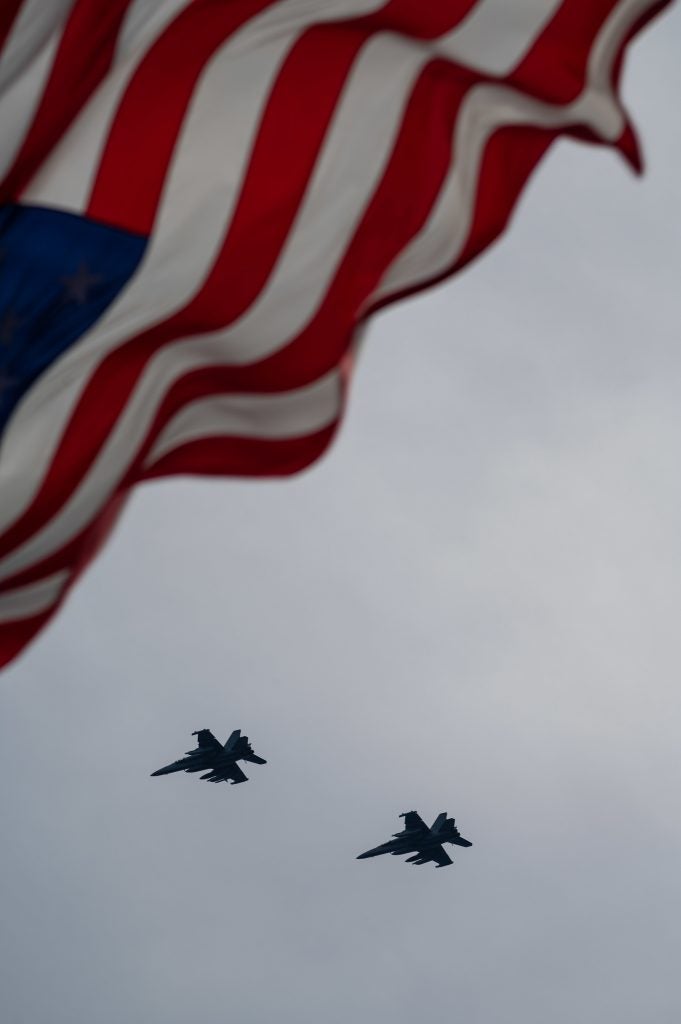
In terms of aviation, the bill approves the Navy’s request for 17 F-35Bs for the Marines, 15 F-35Cs for the Navy, and five F-35Cs for the Marines, a total of 37 of the aircraft. Although the Navy hasn’t requested any F/A-18E/Fs in its FY2022 budget, the bill nonetheless adds 12 F/A-18E/Fs, it also adds one additional E-2D Hawkeye, two additional C-130J, two additional KC-130J, two additional CH-53Ks, and two additional MQ-4Cs.
The Navy didn’t request any F/A-18E/Fs as the service is shifting its focus to upgrading the current fleet of Super Hornets to the Block III standard. As such the Navy wants Boeing to speed up the process by turning the production line work into upgrading its fleet of Block II F/A-18E/Fs. The service is also ramping up F-35C buys, Admiral Michael M. Gilday, Chief of Naval Operations, has said the service expects to field the F-35C in six of its 10 air wings by 2025. The Navy also claims to be investing more money into the Next Generation Air Dominance, which will be the Super Hornet’s successor in the next decade.
The Navy’s plans for the Super Hornet have again been met with criticisms from lawmakers. According to the chairman from the House Armed Services Committee Chairman, Adam Smith:
“The committee believes that the Navy’s decision to eliminate the 36 new aircraft incurred greater risk for combatant commanders and increased the Navy’s strike-fighter deficit in the fiscal year 2021 from -49 to -58 aircraft, and forecasted the shortfall resolving to zero in the fiscal year 2030. Further, the Navy still plans its strike-fighter inventory without including a traditional margin for attrition reserve aircraft that would backfill forces in cases of training or contingency operational losses of aircraft. The Navy should plan for 54 aircraft per aircraft carrier air-wing (CVW), but instead only budgets for 44 aircraft per CVW. Consequently, the Navy had an actual deficit of -148 strike-fighter aircraft in the fiscal year 2021 when including attrition reserve planning factors.”
On the other hand, the service believes buying new fourth-generation aircraft that will last into the 2050s is a short-sighted decision as these aircraft would not be survivable in the future considering they can barely survive the current day defenses.
Missiles
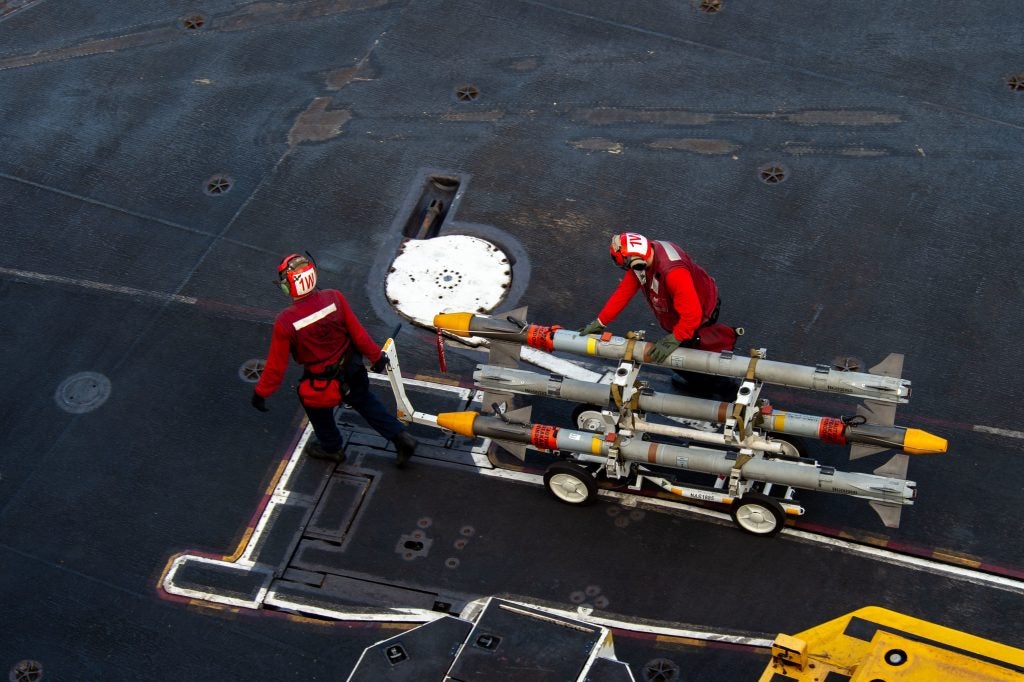
In terms of strike missiles, the Navy will be procuring 60 new build Tomahawk Block Vs, 48 Long Range Anti Ship Missiles (LRASM) for aircraft of the carrier air wing, 25 Joint Air to Surface Stand-off Missiles (JASSM), 34 Naval Strike Missiles for the Littoral Combat Ships, 54 AARGM-ERs, and 164 JAGMs. The Navy also requested 125 of the Standard Missile 6s, 108 ESSM Block IIs, 100 RIM-116 Rolling Airframe Missiles, and 40 Standard Missile 2 Block IIICs. The Navy has requested funds to expand the production lines of missiles such as the SM-6 from 125 units a year to 225 units a year and ESSM block II from 25 units a month to 45 units a month. This year also marked the first for the Navy’s procurement of JASSMs after the service left the joint program in the 90s.
Despite the very low budget request from the Biden administration, this year’s NDAA was signed into law at a record high figure following a delay in the process as the year comes to an end without much agreement on the various spending proposals from both the House and Senate. As the US realigns its military after two decades of counterinsurgency work, it has become clear that more spending is needed to overcome years of under-spending and neglect in key areas such as the maritime domain.
This bill follows in the footsteps of the ones before it showing the bi-partisan support for this shift in focus, but the Navy still lacks a grand guiding strategy as many of their investments and requests continue to be contradictory to where the service should be.

